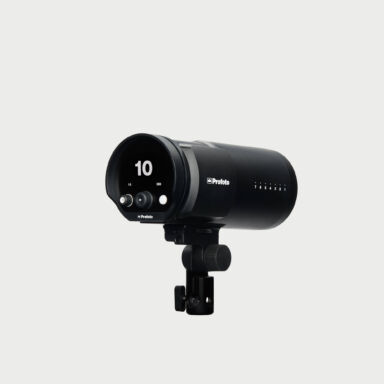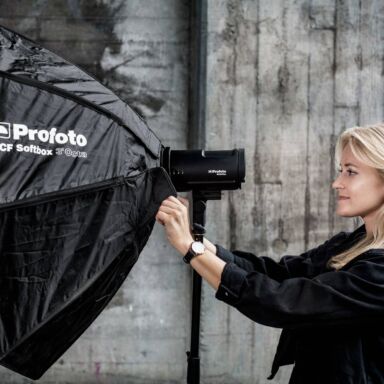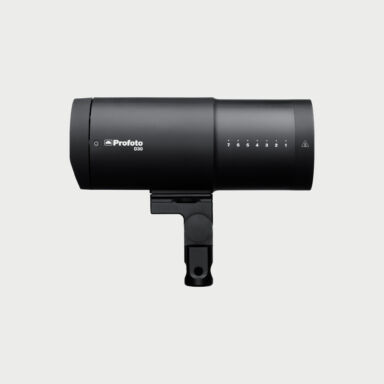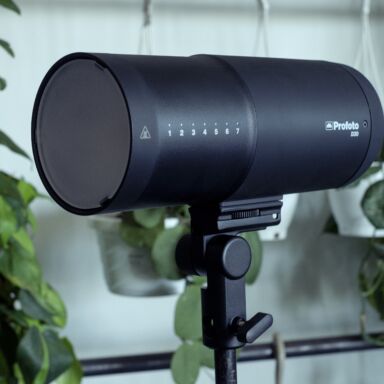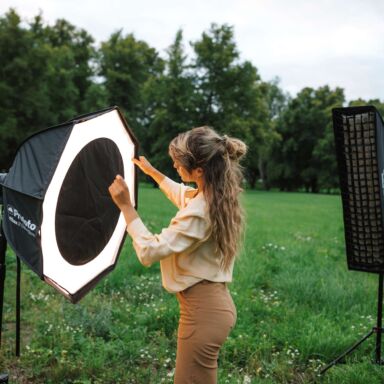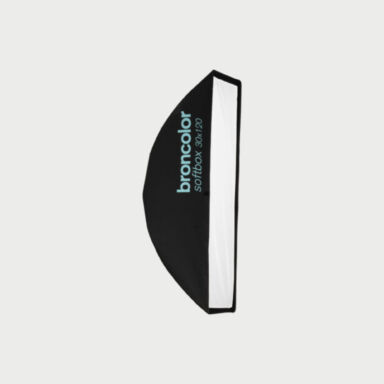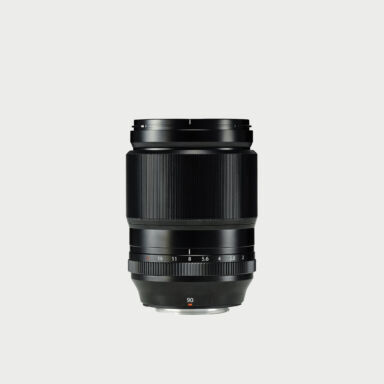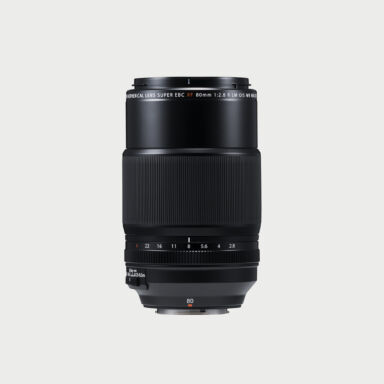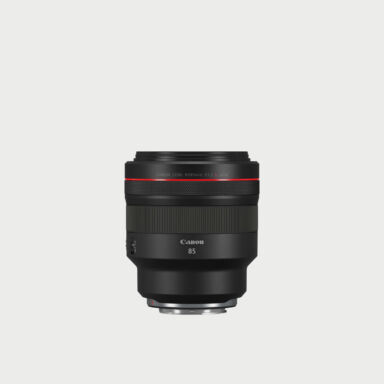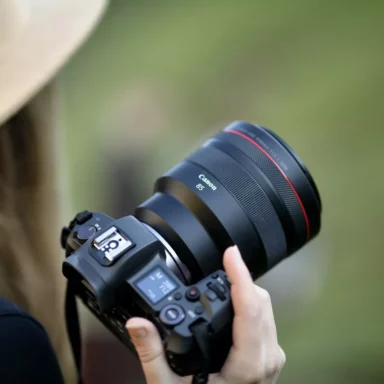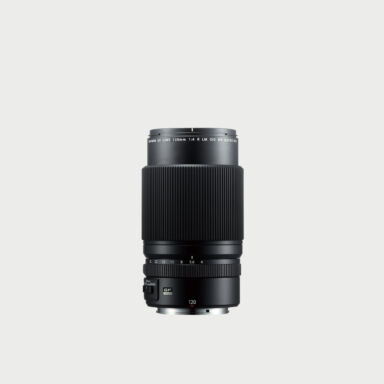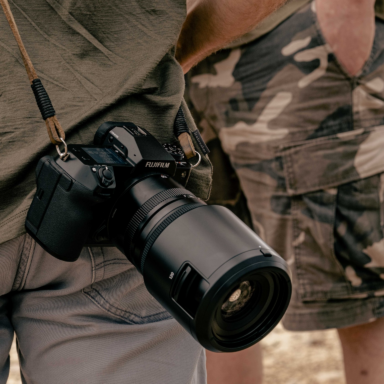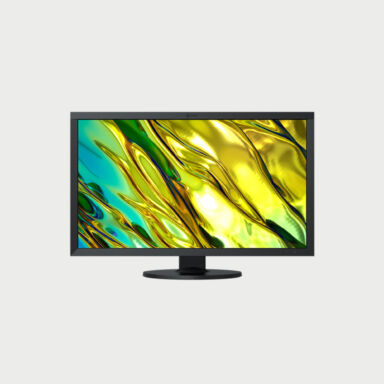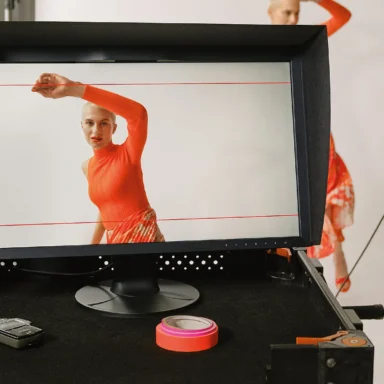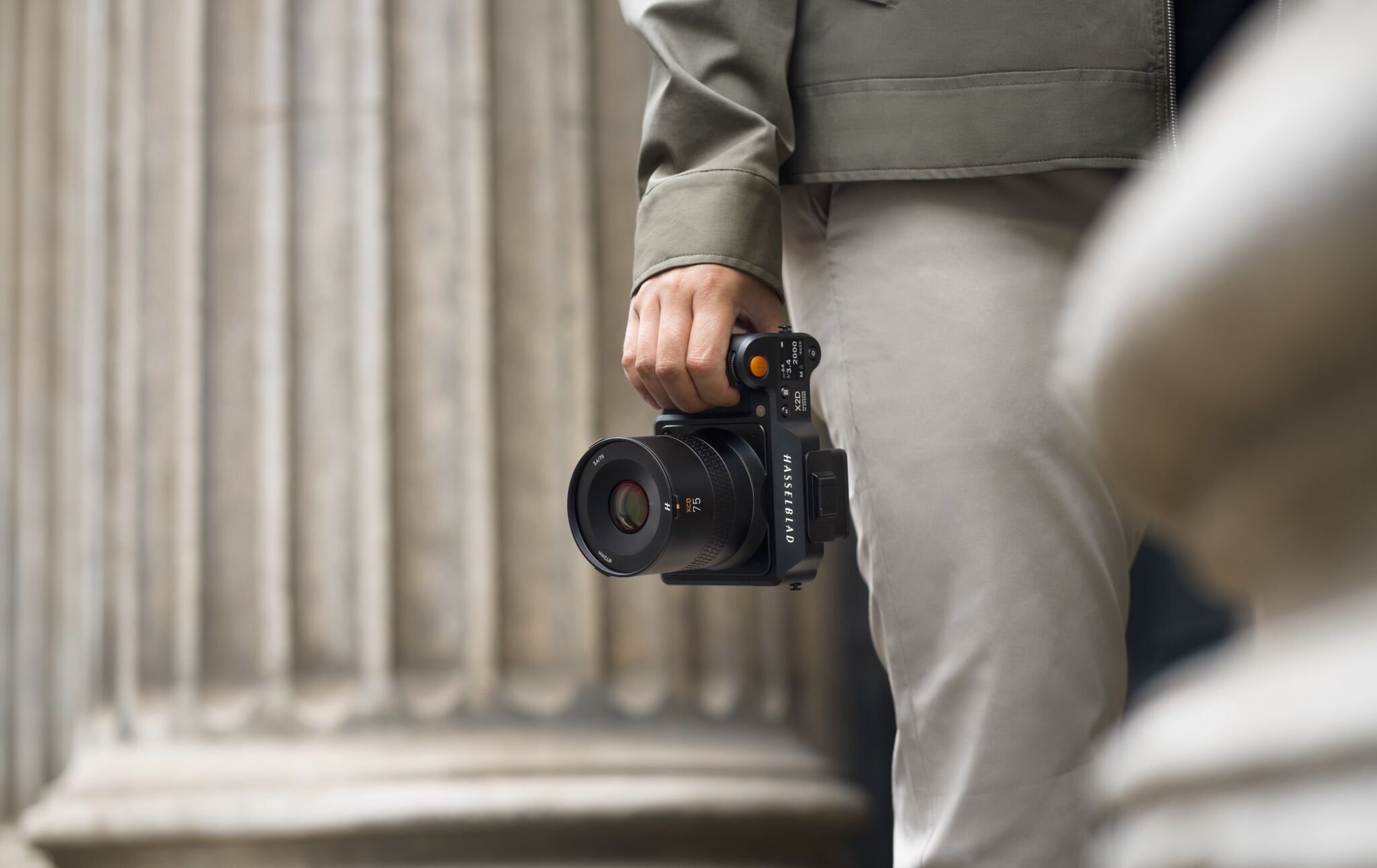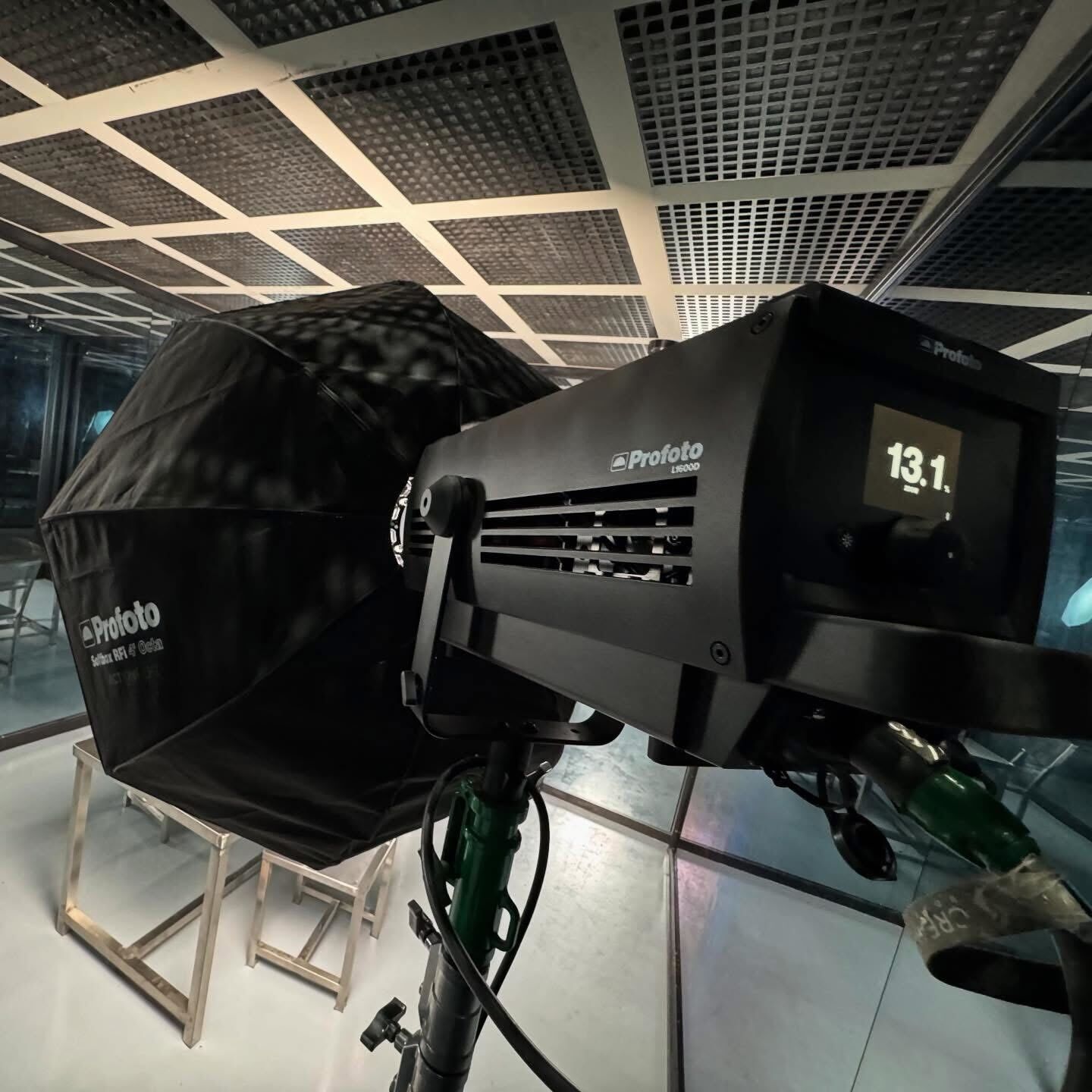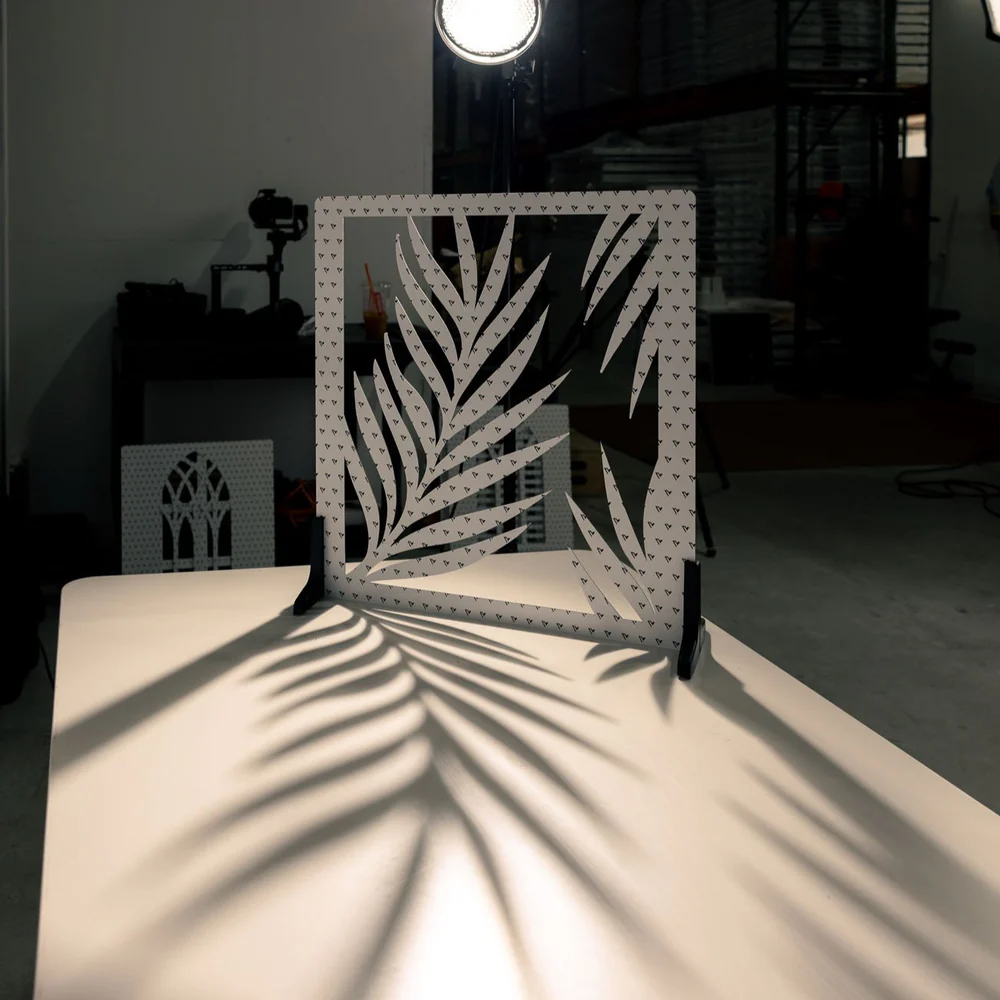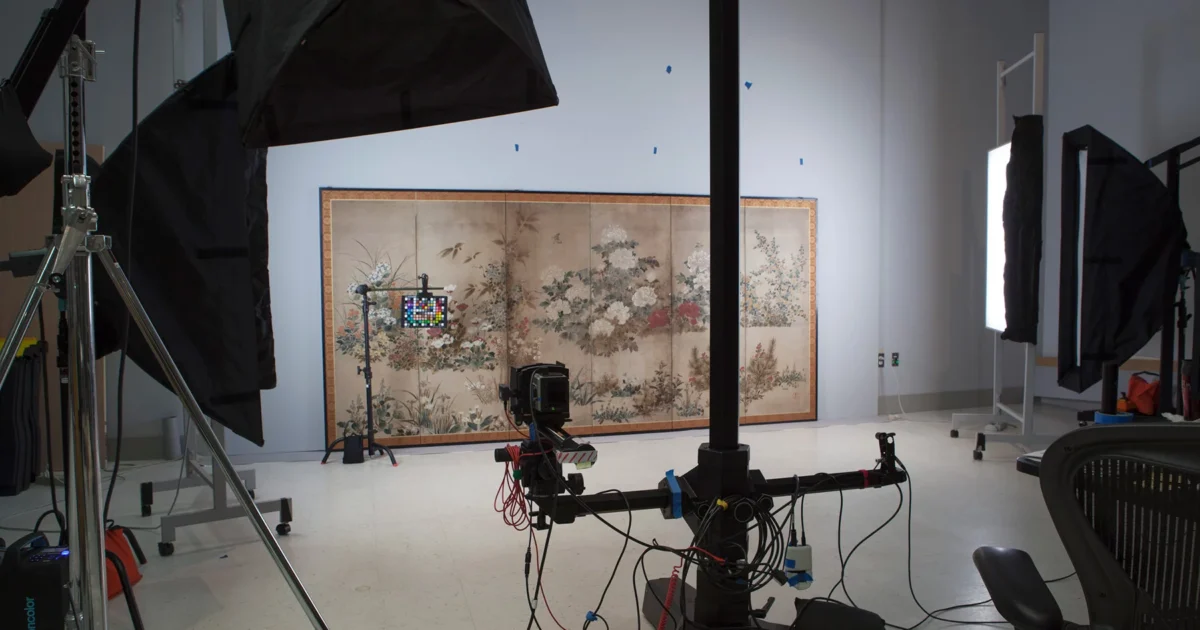Hasselblad has announced a new lens in its “P” series, the XCD 3,4/75P. This lightweight portrait lens boasts advanced optical design, a linear focusing module, and a compact central shutter. Discover the features of Hasselblad’s latest lens in this article.
Are you a museum, institution or artist who needs to photograph your artworks to produce prints, present your works in competitions or exhibitions, or use them on social networks and in your online store?
Discover some tips to help you photograph your paintings, pictures and other works of art.
For museums and artists, art photography can be a challenge, but with the right technique and, above all, the right equipment, it’s possible to achieve high-quality images that faithfully reproduce the artworks.
However, with the right technique and, above all, the right equipment, it’s possible to obtain high-quality images that faithfully reproduce the works. Discover our top tips for choosing the right photo equipment and techniques for photographing artworks and paintings.
Need more details or advice for a specific project? Don’t hesitate to contact us directly!
Table of contents
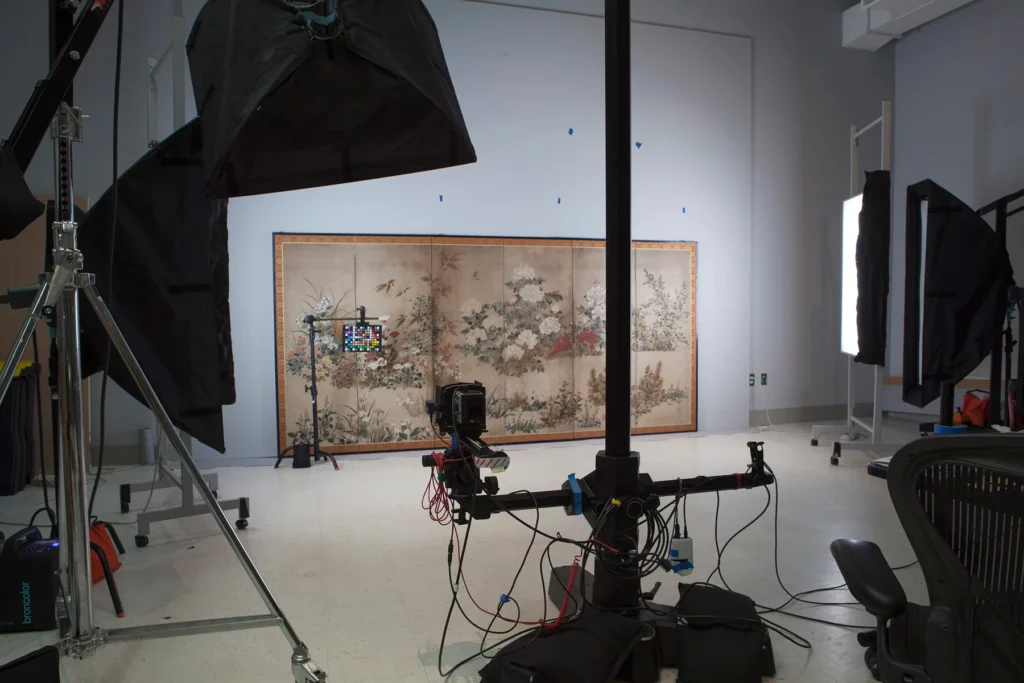
1. Hang the painting to be photographed on the wall
It’s common to see artists photographing their work by leaning it against a wall and shooting it from a slightly plunging angle.
This should be avoided; instead, choose a neutral-colored wall (white, black or gray) and hang your work at a height such that its center is aligned with the lens of your camera.
Another option is to mount the work on an easel, offering optimum stability and alignment for the shot.
2. Use a tripod to stabilize your camera
It seems obvious, but to take sharp, properly cropped images of artworks, you need a good tripod for your camera.
Photo tripods eliminate the risk of camera shake and help you position your camera at the right angle. They allow you to take long exposures without movement. A long exposure is ideal for photographing an object, as it produces images with fine detail.
Cambo tripods are also available for larger-scale fine art photography.
A ballhead is also indispensable for easily orienting your camera in the right position. We also recommend a tripod head fitted with a spirit level, to ensure that the camera is perfectly horizontal.
When positioning the camera, be sure to center it facing the artwork, so that it is perfectly oriented forwards. If the camera is placed too far to one side or at an angle, the image could be distorted, with lines bending or converging. By keeping your camera facing the painting, you’ll get a faithful, undistorted picture.

3. Set-up configuration and installation
The ideal set-up for photographing your works of art is as follows: use two identical light sources, positioned at a 45-degree angle, facing each other, on either side of the painting. This will ensure even illumination of the work, without creating shadows, and an even distribution of light across the entire surface.
When photographing works of art, it’s best to use two flash units of 500 Ws or more, such as those from Profoto or Broncolor, accompanied by two 50×130 cm softboxes (the size of the softboxes may vary according to the brand of lighting equipment or the size of the work to be photographed).
We recommend avoiding the use of continuous light for art photography, as it can generate excessive heat (like halogens) or fail to reproduce colors faithfully (like LEDs).
4. Choosing a studio flash
When photographing artworks and paintings, the ideal solution is to use a studio flash, such as Profoto’s B10X Plus.
The flash provides abundant light and natural color reproduction. When choosing a flash, you can freely select an aperture or ISO number on the camera that will give optimum results.
No matter how powerful you set your studio flashes, color temperature and exposure will remain constant, even during extended shooting sessions. You can also easily reproduce the same lighting every time.
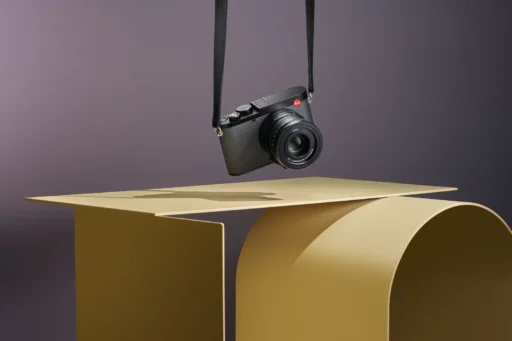


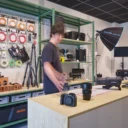
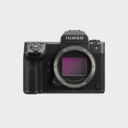 Photo
Photo 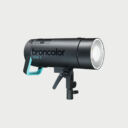 Lighting
Lighting  Tripods & Grip
Tripods & Grip  Digital
Digital  Bags & Cases
Bags & Cases  Printing
Printing 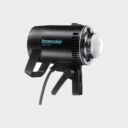 Continous lights
Continous lights 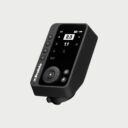 Transmitters
Transmitters 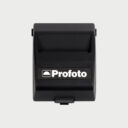 Accessories & Parts
Accessories & Parts 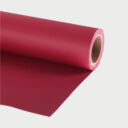 Accessories tripods & grips
Accessories tripods & grips 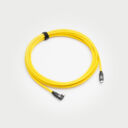 Cables & Tether
Cables & Tether 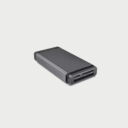 Hub & Adaptaters
Hub & Adaptaters  Portable power stations
Portable power stations  Sling bags
Sling bags  Rolling bags
Rolling bags 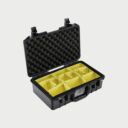 Hard cases
Hard cases  Organizers & Pouches
Organizers & Pouches 